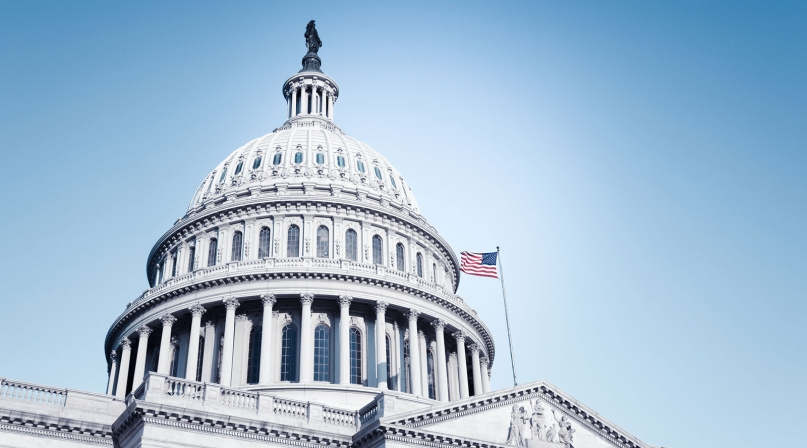Congress Introduces Child Poverty Reduction Act of 2020
Author
Upcoming Events
Related News

Key Takeaways
On July 1, Representatives Danny Davis (D-Ill.) and Lucille Roybal-Allard (D-Calif.) and Senators Bob Casey (D-Pa.), Tammy Baldwin (D-Wis.) and Sherrod Brown (D-Ohio) introduced the Child Poverty Reduction Act of 2020 (H.R. 7419/ S. 4115) which aims to reduce the number of children living in poverty in the United States by half in 10 years. Counties support this measure, which would create a target for poverty reduction and support continued research to promote evidence-driven solutions to ending child poverty.
Counties are committed to ending child poverty, which can lead to adverse outcomes in child health, education and future employment. We are key partners with the federal and state governments in developing and implementing innovative strategies to lift children out of poverty, and invest $58 billion annually in human service programs that help address both the effects of and the root causes of poverty.
Additionally, counties are on the frontline of the COVID-19 national health crisis and many are facing unprecedented expenses while simultaneously seeing our revenue reduced due to the loss of sales and property tax dollars. As county resources diminish and our residents face economic hardship, it is critical for us to work with our federal partners to implement evidence-based policies that address and prevent child poverty.
The Child Reduction Poverty Act will help federal, state and local governments make meaningful progress in our efforts to tackle child poverty by creating a shared national goal of reducing child poverty by 50 percent in 10 years. The legislation also requires the Department of Health and Human Services (HHS) and the Census Bureau to assess our progress in meeting this goal a with an annual report and directs HHS to submit an annual report to Congress that provides an evidence-based, non-partisan analysis of how federal investments impact the child poverty rate. To further support evidence-driven policymaking, the bill would create a Child Poverty Reduction Strategy Clearinghouse website that consists of an online collection of resources, other research and reports.
Counties working to tackle child poverty will benefit from the increased transparency, coordination and research made available by this legislation.
NACo will continue to monitor the bill and its progression through Congress.

Attachments
Related News

County Countdown – Dec. 15, 2025
Every other week, NACo's County Countdown reviews top federal policy advocacy items with an eye towards counties and the intergovernmental partnership.
Stretching small opioid settlement allocations helps funding do more
States and localities are set to receive $56 billion in opioid settlement dollars over an 18-year period, but not every county that receives settlement funding will get enough to build out infrastructure.

